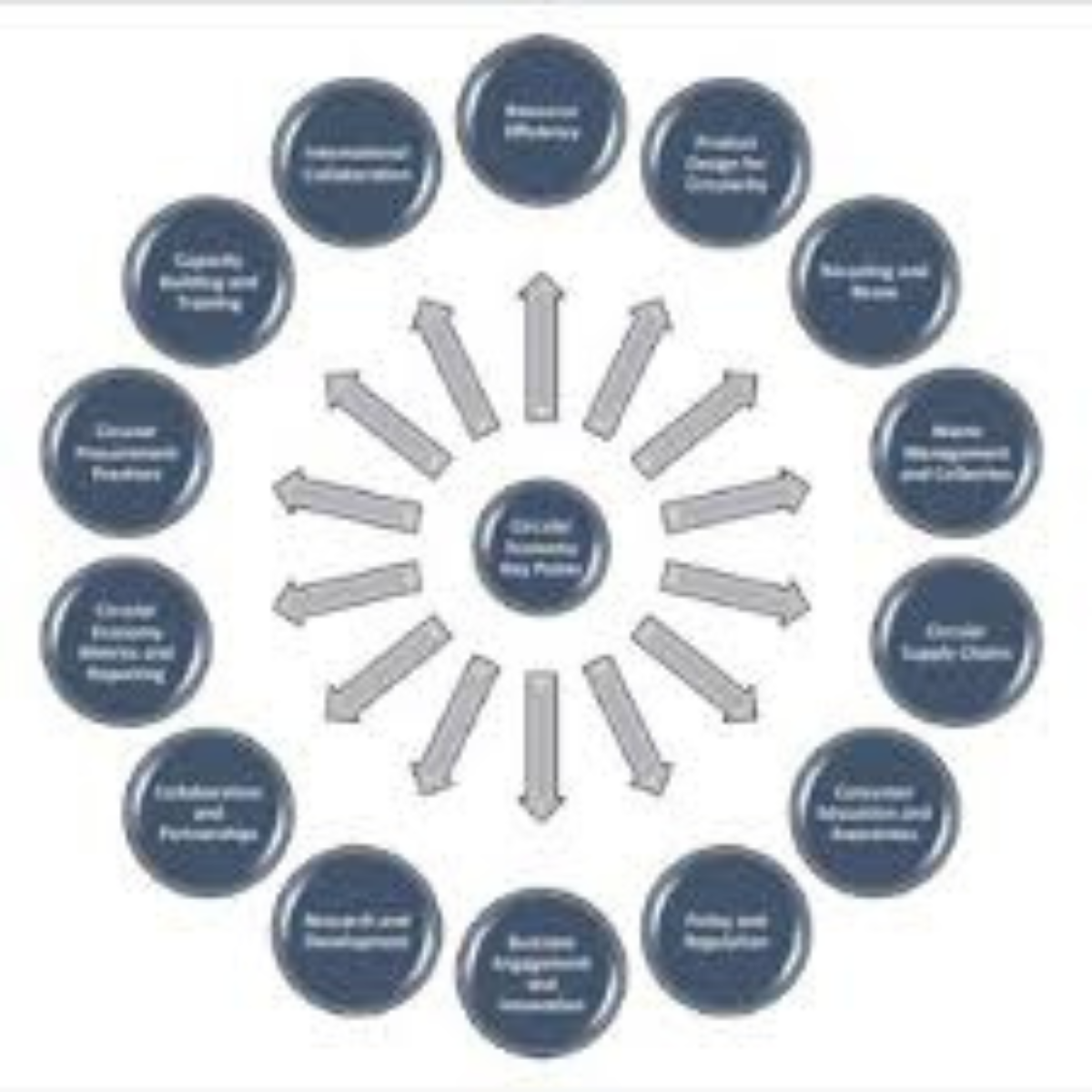Monthly Economic Update and Outlook of EAW in 2024!

Monthly Economic Update and Outlook of EAW in 2024
As we navigate through 2024, the economic landscape of East Asia and the West (EAW) continues to evolve in response to shifting global dynamics. This monthly update delves into the key economic indicators, trends, and forecasts shaping the EAW region. From the impacts of geopolitical tensions and trade policies to technological advancements and market fluctuations, understanding these factors is crucial for businesses, investors, and policymakers alike. In this edition, we’ll analyze the latest data, highlight emerging opportunities, and provide insights into the anticipated economic trajectory for the coming months. Stay tuned to gain a comprehensive overview of what’s driving the economy in EAW and what to expect in the near future.
Decline in Credit to Private Sector
- Credit Decrease: Credit to the private sector fell by 39.7% year-on-year (YoY) from Rs127.6 billion last fiscal year to Rs77 billion this fiscal year (1st July to 3rd May).
- Reason: The decline is largely due to rising markup payments putting pressure on expenditures.
Impact on Large Scale Manufacturing (LSM)
- LSM Performance: Large-scale manufacturing (LSM) showed a slight decline of -0.10% from July to March 2023-24.
- Expenditure vs Revenue: Despite revenue growth, rising markup payments have significantly pressured expenditures.
Growth in Agriculture Sector
- Agriculture Growth: The agriculture sector grew by 6.25% this fiscal year, driven by government initiatives.
- Government Support: Improved input supply and increased credit to farmers boosted the sector.
- Tractor Production and Sales: Farm tractor production and sales rose by 54.8% and 56.6%, respectively.
- Agricultural Credit: Credit disbursement to the agriculture sector increased by 33.8%.
Mixed Trends in Fertilizer Usage
- Fertilizer Offtake: Urea usage decreased by 19.7%, while DAP usage increased by 82.5% in April 2024.
- Subsidies: Targeted subsidies are crucial to support farmers amid financial challenges.
- Incentives: Federal and provincial incentives, like the Kissan card scheme, promote agriculture-led economic growth.
Inflation and Fiscal Outlook
- Inflation Trend: Inflation is expected to be within 13.5-14.5% for May 2024, due to improved domestic supply chains and high inflation levels from the previous year.
- Fiscal Deficit: The fiscal deficit for July-March 2024 was 3.7% of GDP, with a primary balance surplus of 1.5% of GDP.
Expenditure and Revenue Growth
- Total Expenditure: Grew by 36.6% to Rs13,682.8 billion in July-March 2024 from Rs10,016.9 billion in the same period last year.
- Current Expenditures: Increased by 33.4%, mainly due to a 54% rise in markup spending.
Remittances, Exports, and Imports
- Remittances: Grew by 3.5% to $23.8 billion from $23 billion YoY.
- Exports: Increased by 10.6% to $25.7 billion from $23.2 billion.
- Imports: Decreased by 5.3% to $43.4 billion from $45.8 billion.
- Current Account Deficit: Reduced by 94.8% to $0.2 billion from $3.9 billion.
- Foreign Direct Investment (FDI): Increased by 8.1% to $1457.9 million from $1348.8 million.
Federal Board of Revenue (FBR) and Non-Tax Revenue
- FBR Revenue: Increased by 30.6% to Rs7,362 billion from Rs5,638 billion.
- Non-Tax Revenue: Increased by 94.8% to Rs2,417 billion from Rs1,241 billion.
Public Sector Development Program (PSDP)
- PSDP (Federal): Decreased by 2.2% to Rs322 billion from Rs329 billion.
- Fiscal Deficit: Increased by 26.8% to Rs3,902 billion from Rs3,079 billion.
- Primary Balance: Increased to Rs1,615.4 billion from Rs503.8 billion.
Conclusion
The EAW’s monthly economic update highlights significant fiscal challenges, including a substantial decline in credit to the private sector and pressure from rising expenditures. However, the agriculture sector shows promising growth due to government support, and there are positive trends in remittances, exports, and FDI. Inflation is expected to remain high but stable.



